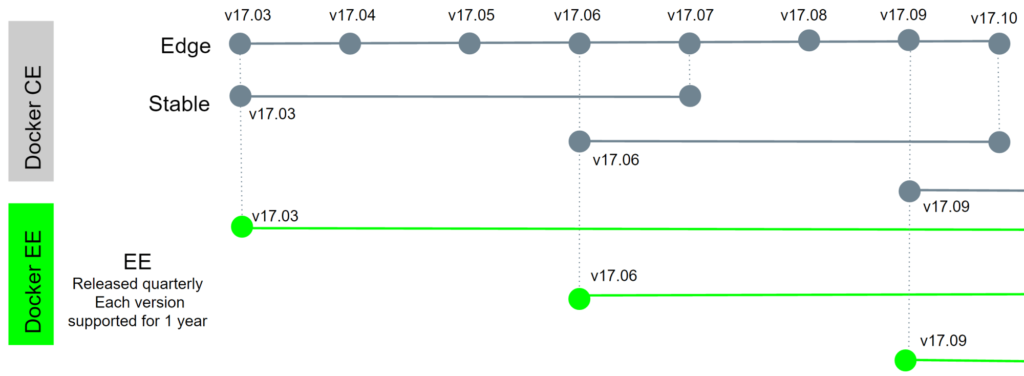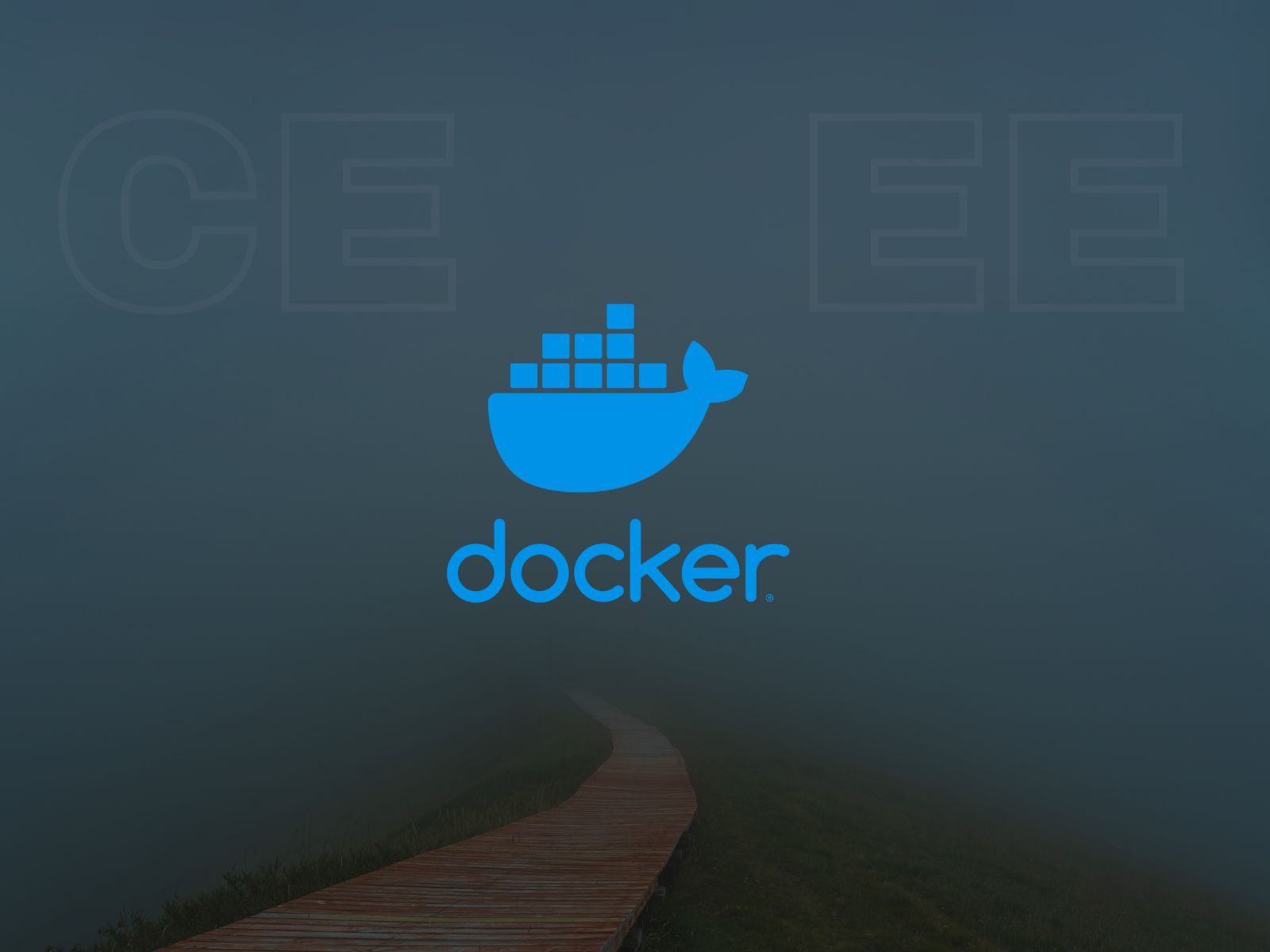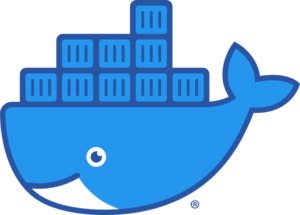Wondering which to go with, Docker CE vs EE? With Docker’s increasing popularity, they have moved to specialise their products for different users. Like many other companies in the space, they are looking to offer their main clientele premium services. In doing so, they have created what is known as Docker Enterprise Edition (EE). This will be a paid-for service mainly for businesses looking to develop premium applications that use modern-day containers. They offer their consumers the ability to use their free option, known as Docker Community Edition (CE).
Birds Eye View of the two

Looking at Docker CE, you will notice that it is free and open-source software used as a container system for users looking to develop applications that require cloud service integration. This platform has been available since 2013 and is free to use for anyone who can download it. This is one of the company’s oldest services. It is expertly integrated and can be run on Windows 10, Mac, Azure and many more.
Looking at Docker EE, it is a different ball game. This is the money version of CE and offers users a high-quality service with enhanced features that are useful for developers who need to run numerous complicated processes simultaneously.
Similarities
Although one is free and the other is not, you should not consider CE to be a weaker platform than EE. This is not true. Instead, on a general scale, you will find that they can handle the same functions. You will find around 80% of the community version features as you will on the premium version.
The premium features are the main differences. These features provide the developer with additional efficiency when required to launch, manage and secure their containers. This becomes important, especially when the developer has many additional tasks to attend to. If you are willing to pay more, your life as a developer will be much easier. That’s the message that Docker puts out to customers who wonder if they should use the service for free rather than pay.
If you wonder what the enterprise can offer you that the free version cannot, here is a list.
- You will no longer have to deal with uncertified Docker images and plugins. This will be more useful when creating a reputable application because you will not have to pay extra for certified images should you need them.
- You have everything in one place. This is a very nice thing to have because you can view all your container clusters in a single pane. In doing so, your productivity will shoot up because you do not lose time switching.
- Customer Care is better. If you pay for the service, they are willing to guarantee that you will always receive same-day customer support. This preferential treatment will come in handy if you need help and your deadline is fast approaching. If something is not working correctly on the site, you will not have to wait long before they tend to the problem.
- Security is improved. When you pay for this service, they will now perform continuous vulnerability scans. Having this added feature will protect your application against viruses and bugs that could ruin all your plans. This feature is very beneficial; in fact, crucial for businesses that have invested a large amount of money in developing their program.
Pricing
This is one of the most distinct differences between the two. With Docker CE, you can use the service without spending a penny. If you wish to use some premium features but not all, you can do so by paying for add-ons. They have worked hard to make this quite flexible for the user, meaning they will not have to pay for everything if they do not need/want it.
If you have been sold on the premium version, you can choose between 3 different pricing options. They have broken these down into 3 tiers to allow the user to choose the package that fits their needs and budgets. The prices are as follows.
Tier 1 – Basic Tier
This basic level is the cheapest option and will allow the user access to all premium features for $1,500 paid yearly. This will only include one node. It comes with the availability of business-critical support. This support is beneficial for people looking to develop apps under pressure. Having help on standby works to resolve issues much faster.
Tier 2 – Standard
This option will cost you about $3,000 per year. It will also come with business-critical support and only one node. Looking at cost per node, each node you require further than this will require another payment of $3,000.
Tier 3 – Advanced
The advanced level is for serious inquiries only. It is the top package that you can get on the site and will require that you pay $3,500 every year. This will only give you one node and comes with business-critical support. As you can see, this option is much cheaper if you really want to use the service. It is only $500 more than the middle option whilst it comes with much more sophisticated features.
Conclusion
In the end, you will find that there are not many differences between these two services. Rather, they are more complex versions of one another. With the community version, you will get everything you need to use Docker fully. This is good for beginners and people who develop apps for fun. However, if this is your full-time job, you will be looking to use your time efficiently, meaning that you cannot concern yourself with everything. Docker premium works to remove the pressure off your shoulders. You can get a one-month free trial of either platform. That is a great way to test the core features before committing.




